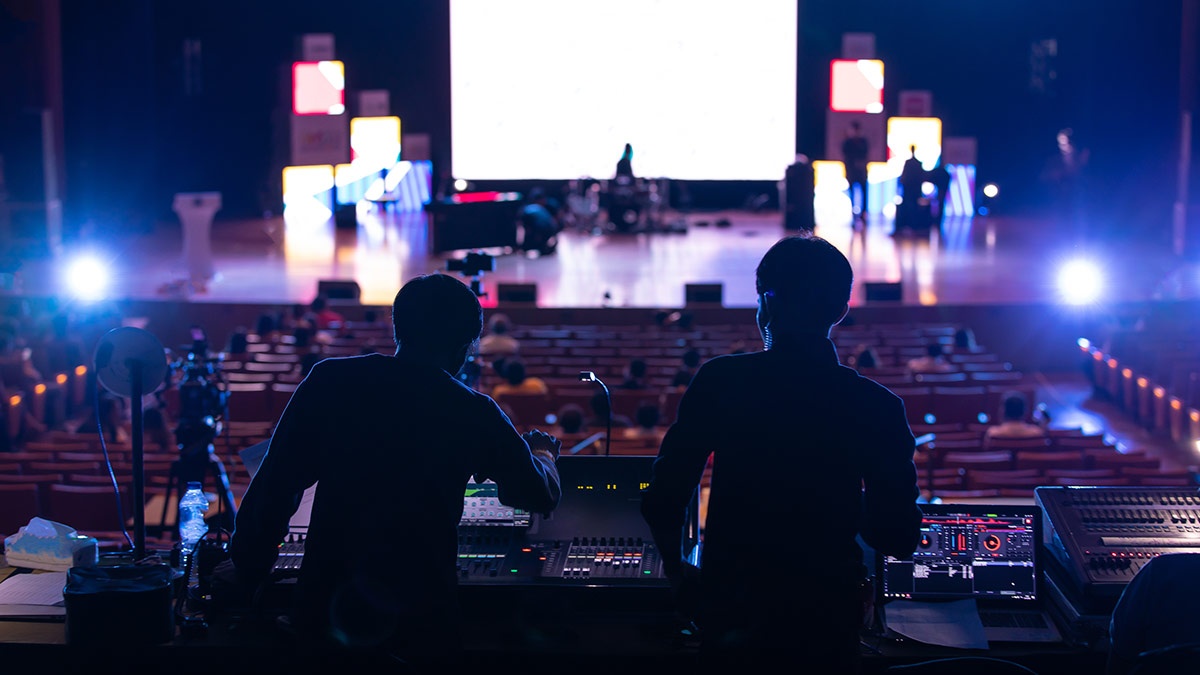
When it comes to LED walls, one of the important factors to consider is pixel pitch. Pixel pitch refers to the space between the cores of two neighboring pixels on an light-emitting diode display. This metric is commonly expressed in millimeters. Understanding pixel pitch is crucial because it directly influences the clarity and definition of the visuals displayed. A smaller pixel pitch means that the pixels are closer together, resulting to a higher resolution, while a larger pixel pitch results in a diminished resolution. Thus, selecting the appropriate pixel pitch is vital for achieving optimal LED wall functionality.
The choice of pixel pitch often depends on the sight distance. For instance, if the light-emitting diode wall is intended to be viewed from a distance, a bigger pixel pitch may be appropriate. This is due to the fact that the human eye cannot easily discern individual pixels when they are farther away. On the contrary hand, if the wall will be observed up nearby, a reduced pixel pitch is necessary. In scenarios such as indoor events, where attendees are typically closer to the screen, a reduced pixel pitch will provide a sharper and more distinct image. Hence, understanding how sight distance impacts pixel pitch is key to making an informed decision.
Another crucial consideration is the planned use of the LED wall. Different applications, such as promotion, concerts, or conference presentations, may necessitate different pixel pitches. For example, an LED wall used for promotional purposes in a shopping center may gain from a pixel pitch that allows for vibrant colors and elevated detail so that it captures the focus of passing shoppers. Conversely, an external LED wall used at a concert may prioritize brightness and visibility over resolution, allowing for a bigger pixel pitch. Thus, the particular context in which an LED wall will be utilized is vital for determining the appropriate pixel pitch.
Pricing is also a significant consideration when selecting pixel pitch. Typically, LED displays with smaller pixel pitches often to be more expensive due to the higher density of pixels and the sophisticated technology required for production. While it may be enticing to opt for a high-resolution display with a reduced pixel pitch, financial constraints often require a balance between quality and cost. Businesses should evaluate their needs and decide how much they are prepared to invest in an light-emitting diode wall, ensuring that the pixel pitch aligns with their budgetary capabilities while still meeting performance expectations.
Finally, it is crucial to take into account the find out this here maintenance and longevity of the light-emitting diode wall when selecting pixel pitch. Displays with smaller pixel pitches can sometimes be more delicate and may require more careful handling and maintenance. Regular maintenance is required to ensure that the display functions effectively over time. Understanding the maintenance needs and potential challenges associated with different pixel pitches can assist organizations make a more informed choice. By considering all these elements, including viewing distance, intended use, cost, and maintenance, one can select the perfect pixel pitch for optimal LED wall performance.